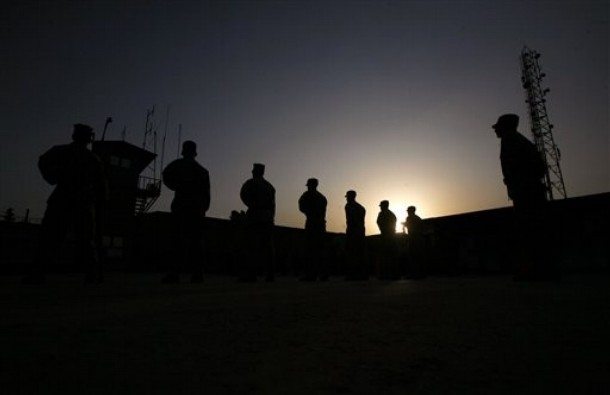The U.S. Army has been through three reductions-in-force since the inception of the All-Volunteer Force. The first one, roughly 1972-78, actually birthed the All-Volunteer Force. The second one occurred in the late 1990s after the end of the Cold War when the U.S. Army was reduced by approximately one-third in both force structure and budget (Total Obligational Authority). The third one is just now beginning in 2011-12 as the Army returns from a decade of war in the Middle East.
Critical to the future effectiveness of the Army, and thus its trust with the American people, is whether the Army will retain the essential characteristics of a military profession—each of the six carefully explicated in this monograph—as it transits this era of Department of Defense reductions. Unfortunately, that future effectiveness is often not really known until the “first battle of the next war,” as the Army learned so painfully in the past, e.g., Task Force Smith in Korea.
The Army’s campaign of learning about the Army profession has been ongoing for a year, a campaign led by a broad community of practice (CoP) drawn from many of the proponent Centers (Army schools or agencies for each Army branch or functional specialty) in dialogue with cohorts throughout the Army. For purposes of analytical capabilities, the CoP is organized by cohort within the profession, e.g., officers, noncommissioned officers, warrant officers, enlisted Soldiers, Army civilians, etc. Throughout calendar year 2011, that CoP conducted multiple surveys, assessments, dialogues, forums, and exercises across the Army. This monograph highlights some of the outcomes to date, particularly those relating to the central research question—what does it mean now, after a decade of war, for the Army to be a military profession.
This question is addressed by presenting four initial outcomes of the campaign:
- The Background Realities of the Army as a Profession;
- Including Army Civilians: A New Typology for the Army Profession;
- The Process of Professionalization and the Criteria for Individual Certifications; and,
- The Essential Characteristics of the Army as a Profession.
the Army is making good strides in its most recent effort to prepare for transition in a period of Defense reductions. The Army is doing so by keeping professional capabilities intact and ready for the first battle of the next conflict. But it must be understood that the really hard work is yet to be done.
The hard work is to conform the daily behavior of the institution to that of a profession when almost every tendency during the period of reductions will be to behave like a government occupation: centralizing authority; bureaucratizing processes; micro-managing within hierarchy, while the force “does more with less”; and, taking autonomy away from the very folks in whom the future of the institution lies—its junior professionals, both uniformed and civilian. To avoid such an outcome is now a central challenge facing the “stewards” of the Army profession.
[Download not found]









